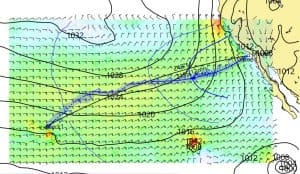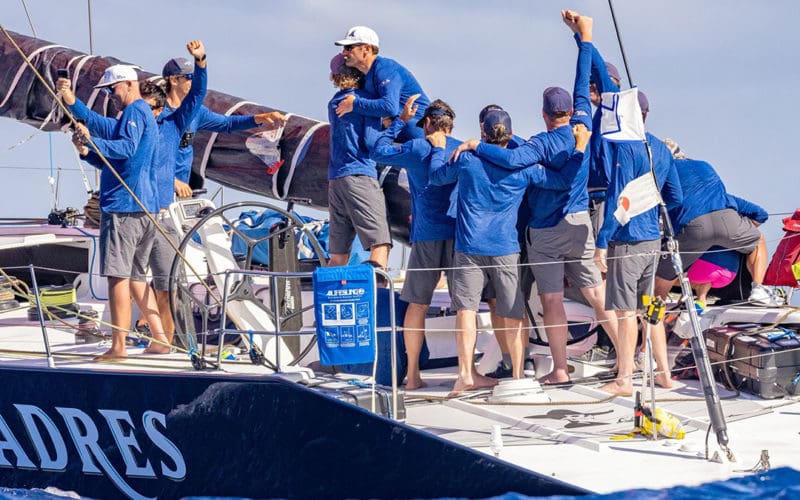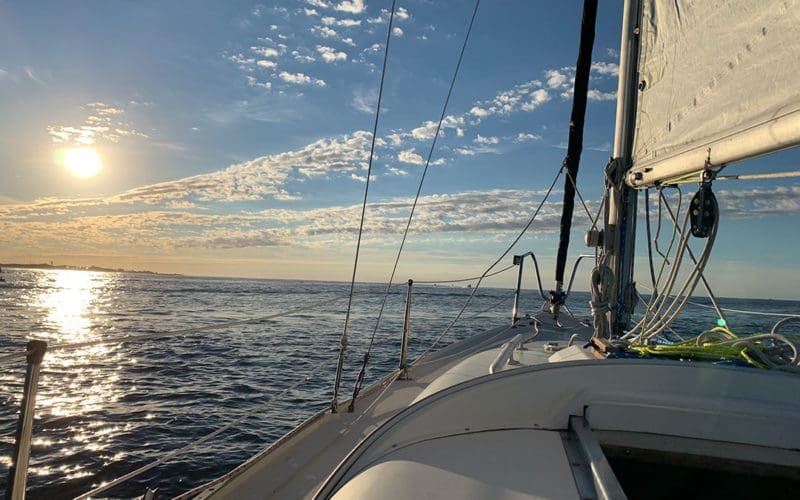31
Dec
Weather models and their digitized end product, the GRIB file, are key facets of weather forecasting. An understanding of these elements will help any voyaging sailor to better decipher the weather. When I was in college, I was primarily a dinghy sailor and was just getting started in offshore navigation and race tactics. I knew how to read a weather map and listen to the marine forecast on the VHF radio, but beyond that I just took what Mother Nature gave me. In college, I majored in meteorology since it was the closest subject I could find to my favorite…



